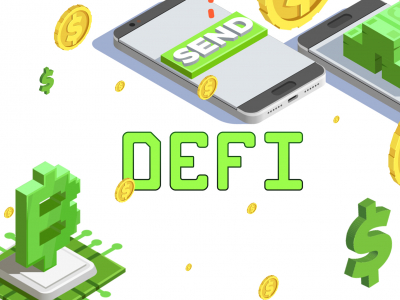The EOS project, which calls itself a blockchain system, is actually a cloud computing service and has nothing to do with decentralization, the researchers found through months of experiments.
Neither decentralization nor consensus algorithm
The blockchain project ConsenSys ordered the Whiteblock team to analyze the EOS platform, which during the year-long ICO attracted more than $4 billion and is often called the main competitor of Ethereum.
According to the 25-page report, researchers created the EOS model in the laboratory environment and made tests during two months, after which they came to disappointing conclusions that EOS has nothing to do with blockchain and cryptocurrencies.
First, the researchers point out that the consensus algorithm that is used in the EOS protocl is actually not a consensus one. Unlike the Proof-of-Work algorithm used in bitcoin and Ethereum, EOS uses the so-called Delegated Proof algorithm, according to which network members choose the block producers that process transactions. In practice, the choice of block producers is made by those network participants who own the largest stakes of EOS tokens.
Block producers do not process transactions based on a consensus algorithm but confirm transactions mechanically. This allows fraudsters to infiltrate the system and perform malicious actions faster than block producers come to consensus.
EOS is so centralized that it is incorrect to consider it a blockchain, the report notes.
“EOS is fundamentally similar to a centralized cloud computing architecture without the fundamental components of a blockchain or peer-to-peer network. EOS block producers are highly centralized and users can only access the network using block producers as intermediaries. Block producers are a single point of failure for the entire system, ”the Whiteblock report says.
Neither speed nor cryptography
In addition, the speed of transactions in the EOS network was found out to be significantly lower than it was described in the promotional materials of the project.
Even with the most optimal settings, such as zero latency and packet loss, the speed does not exceed 250 transactions per second (TPS). And in more real network conditions (50 MS of latency and 0.01% packet loss), its performance dropped to 50 TPS. Moreover, due to centralization, the entire EOS network can be controlled by the cartels of block producers, which can easily collude with each other.
Furthermore, there is no cryptography in EOS as such. Transaction data is stored in the Chainbase table, developed by Dan Larimer, which does not use cryptography.
When the EOS network confirms transactions, block producers simply cross-reference the new transactional data from this table, and do not verify them with cryptography.
"Transactions in EOS result mainly in changes to the underlying database, rather than cryptographically verified state changes to an underlying blockchain data structure like Ethereum."
Thus, the EOS architecture is centralized and fundamentally similar to the cloud computing services architecture.











